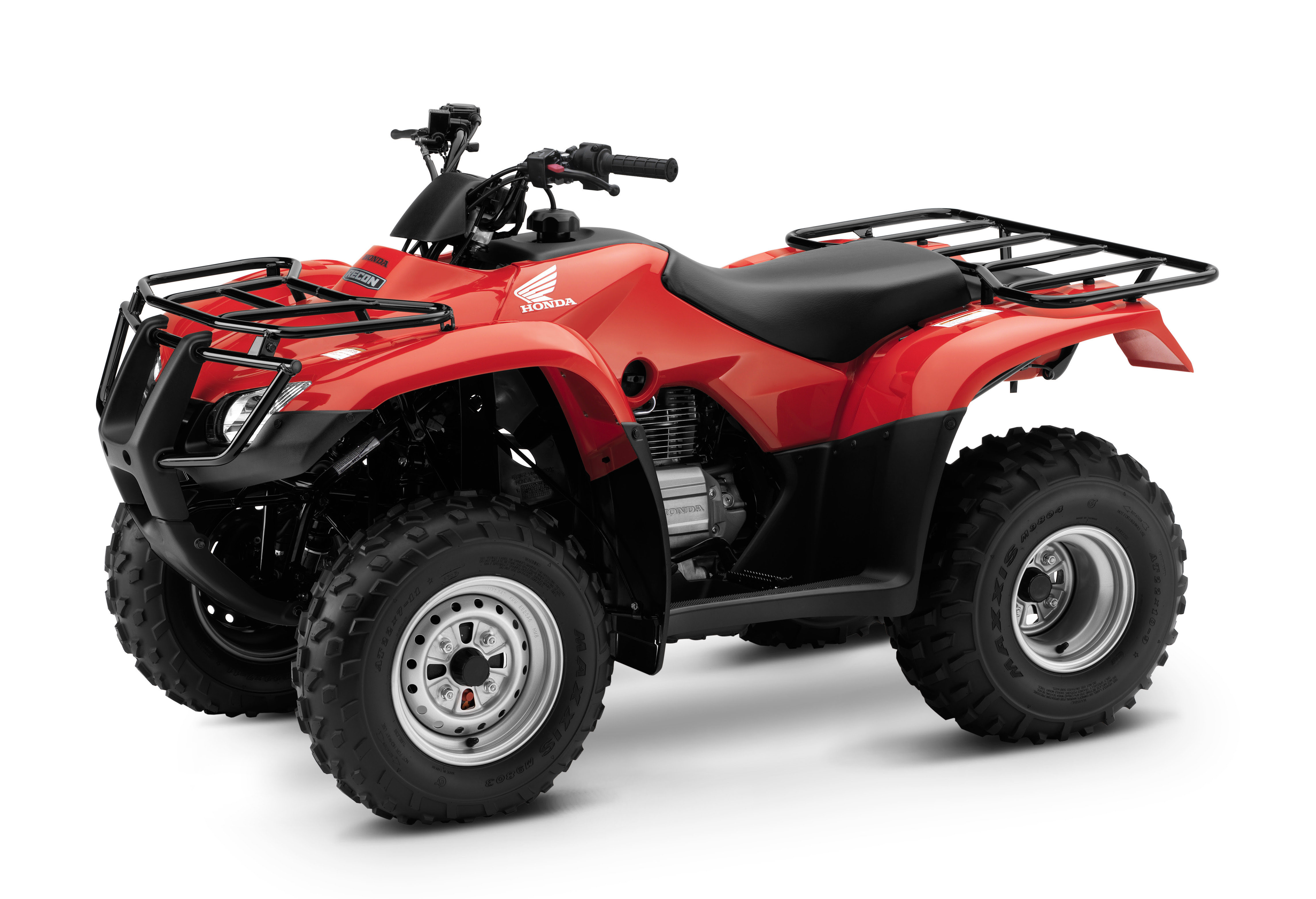As an off-road enthusiast, there’s nothing quite like the thrill of riding your All-Terrain Vehicle (ATV) through rugged terrain. However, while enjoying your adventures, it’s essential to comply with local laws that require license plates on vehicles, including ATVs. If you’re looking for an efficient and cost-effective way to mount a license plate on your ATV, this DIY guide will walk you through the process step by step.
Understanding the Importance of a License Plate
Before diving into the DIY project, it’s vital to understand why having a license plate on your ATV is necessary:
- Legal Compliance: Many states and regions require ATVs to be registered and display a license plate. Failing to comply can result in fines.
- Identification: A license plate helps in identifying your ATV in case of theft or accidents.
- Insurance Benefits: Some insurance policies require registration as part of their coverage terms.
Gathering the Necessary Tools and Materials
To successfully mount a license plate on your ATV, you’ll need a few essential tools and materials. Here’s a checklist:
- License plate (of course!)
- License plate mount or bracket (can be purchased or made)
- Drill and drill bits
- Screws and nuts (weather-resistant recommended)
- Wrench or screwdriver
- Measuring tape
- Marker or chalk for marking positions
- Optional: Paint for finishing touches
Step 1: Choose the Right Location
The first step in mounting your ATV license plate is to find an appropriate location on your vehicle. Common mounting spots include:
- Rear fender
- Rear rack
- Tail light area
Consider the following factors when choosing the location:
- Visibility: Ensure the license plate is easily visible from the rear.
- Accessibility: The location should not obstruct any operational parts of the ATV.
- Stability: The area should be sturdy enough to hold the plate securely.
Step 2: Measuring and Marking

Once you’ve selected the mounting location, it’s time to measure and mark where the license plate bracket will go:
- Use a measuring tape to determine the ideal height and alignment for the plate.
- Mark the positions for the holes with a marker or chalk.
Make sure the license plate is level and centered before proceeding to the next step.
Step 3: Preparing the Bracket
If you plan to use a purchased license plate bracket, ensure it fits your ATV. If you’re crafting your own, you can use materials like aluminum or steel for durability. Here’s how to prepare it:
- Cut the material to the desired size, ensuring it’s larger than the license plate for stability.
- If using metal, consider drilling holes in the corners of the bracket for screws.
- Optionally, paint the bracket to match your ATV or to prevent rust.
Step 4: Drilling Holes
With the measurements marked and your bracket ready, it’s time to drill holes:
- Using a drill, carefully create holes at the marked positions on your ATV.
- Make sure to use the appropriate drill bit size for the screws you’ll be using.
- Take precautions to prevent damaging any underlying components of the ATV.
Step 5: Attaching the Bracket and License Plate

Now that you have drilled the necessary holes, it’s time to attach the bracket and license plate:
- Align the bracket with the drilled holes on your ATV.
- Use screws and nuts to secure the bracket in place. A wrench or screwdriver may be needed for tightening.
- Once the bracket is secure, place the license plate on the bracket and fasten it using screws.
Step 6: Final Checks and Adjustments

After everything is mounted, take a moment to ensure that everything is secure:
- Check that the license plate is straight and visible.
- Ensure there’s no rattling or movement when the ATV is in operation.
- Test the area around the mount to ensure it doesn’t interfere with other components.
Case Studies: Successful DIY License Plate Mounts

Many ATV owners have successfully mounted their license plates using DIY methods. Here are a couple of examples:
- Case Study 1: John from Texas used a simple aluminum bracket and successfully mounted his license plate on the rear fender of his ATV. With basic tools at hand, he completed the project in under an hour and reported no issues during his subsequent rides.
- Case Study 2: Sarah from California created a custom mount using scrap metal. She painted it to match her ATV and documented the process in an online forum, where fellow enthusiasts praised her work and found it helpful for their projects.
Statistics: The Impact of Properly Mounted License Plates

According to the National Highway Traffic Safety Administration (NHTSA), vehicles that display proper identification, including license plates, are less likely to be involved in accidents or theft. Properly mounted license plates help law enforcement identify vehicles during investigations, which can lead to a 30% faster resolution rate in theft cases.
Conclusion: Enjoy Your Ride with Peace of Mind

Mounting a license plate on your ATV may seem like a small task, but it carries significant importance in terms of legality and safety. By following this DIY guide, you can efficiently create a sturdy and functional license plate mount. Always remember to check local regulations regarding ATV registration and plate display to ensure compliance.
In summary, having a properly mounted license plate not only keeps you within the law but also enhances your ATV riding experience. So gear up, follow these steps, and enjoy your off-road adventures with the peace of mind that comes from being road-ready!